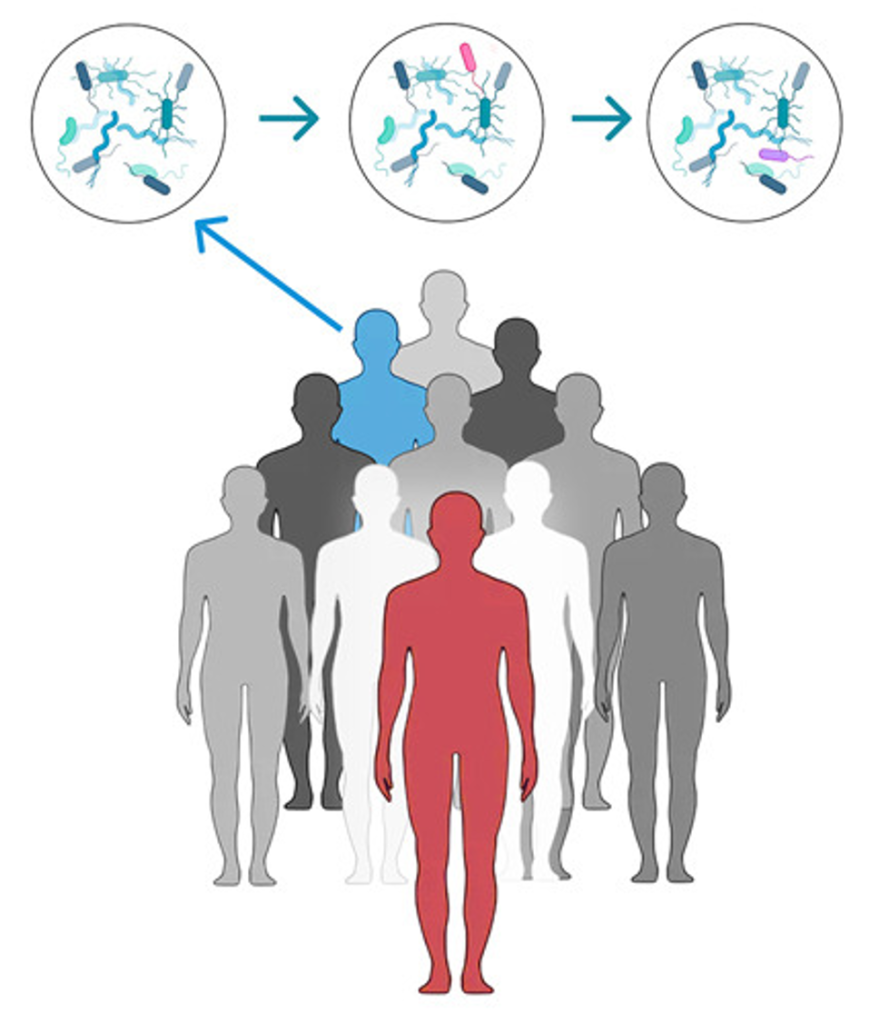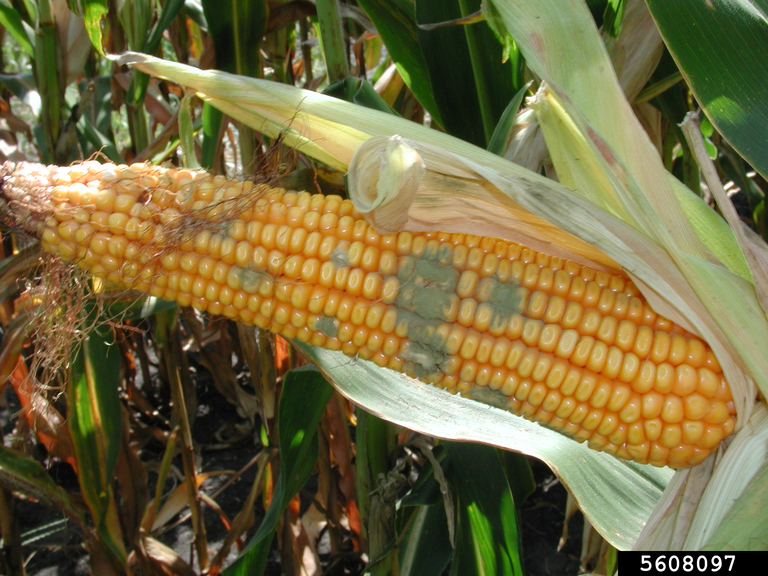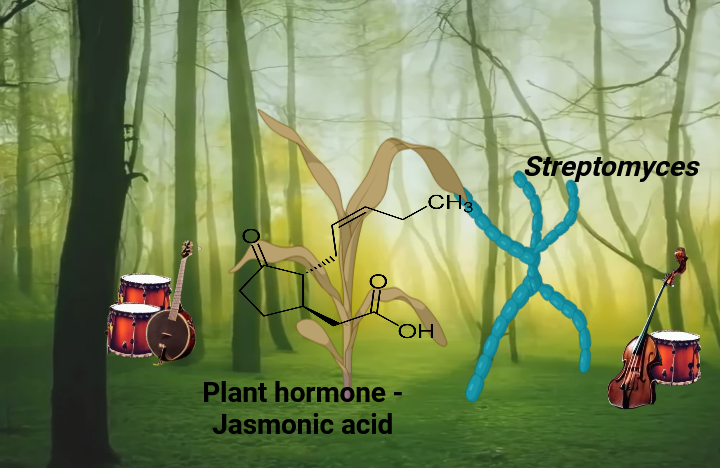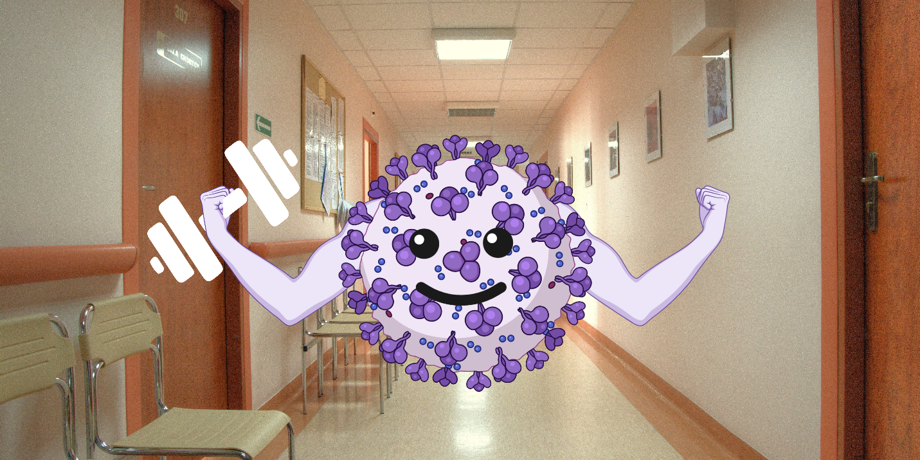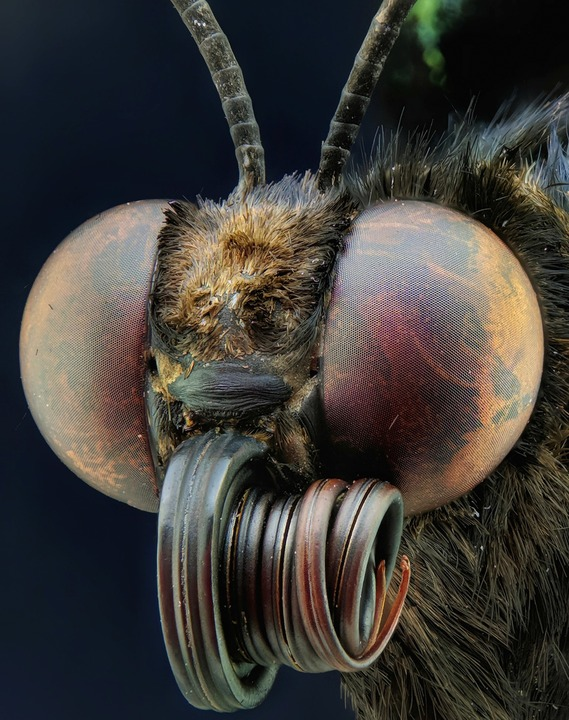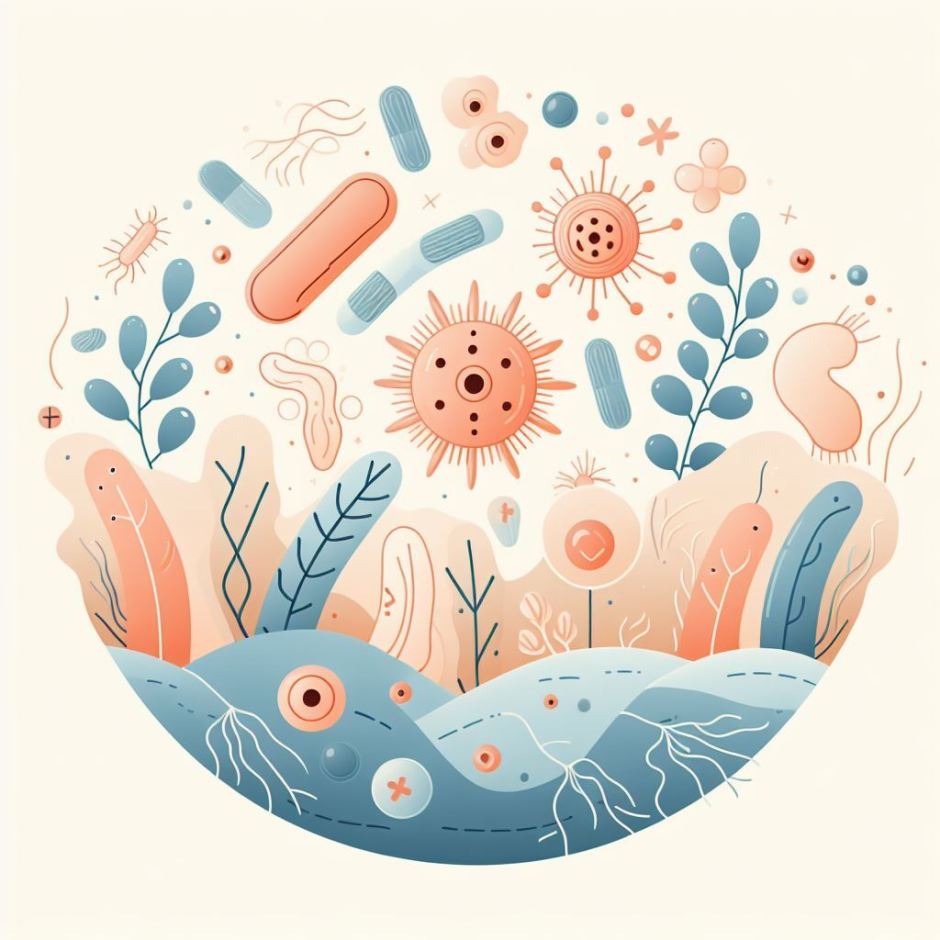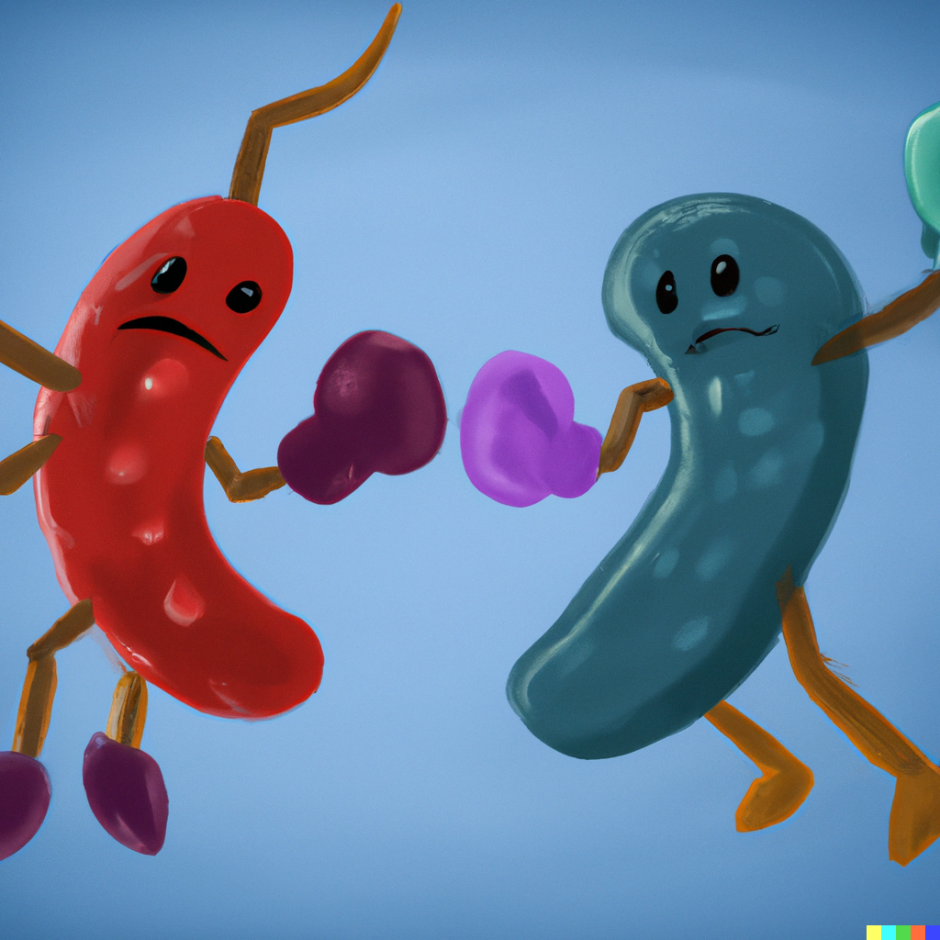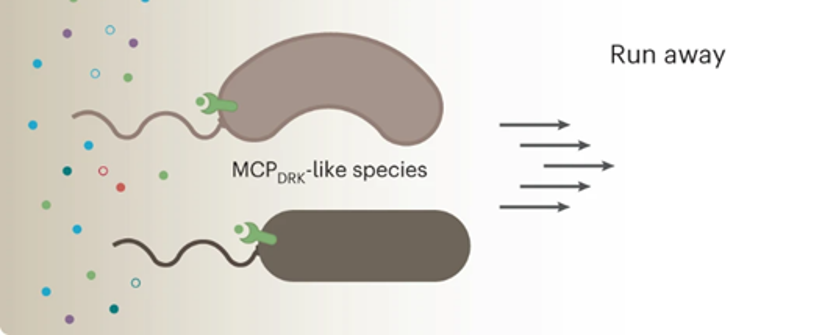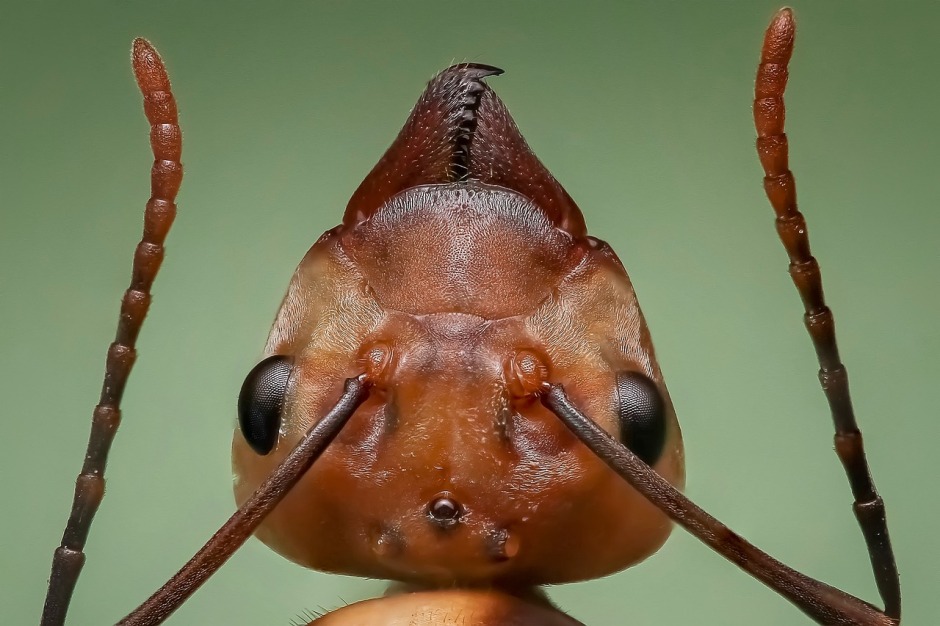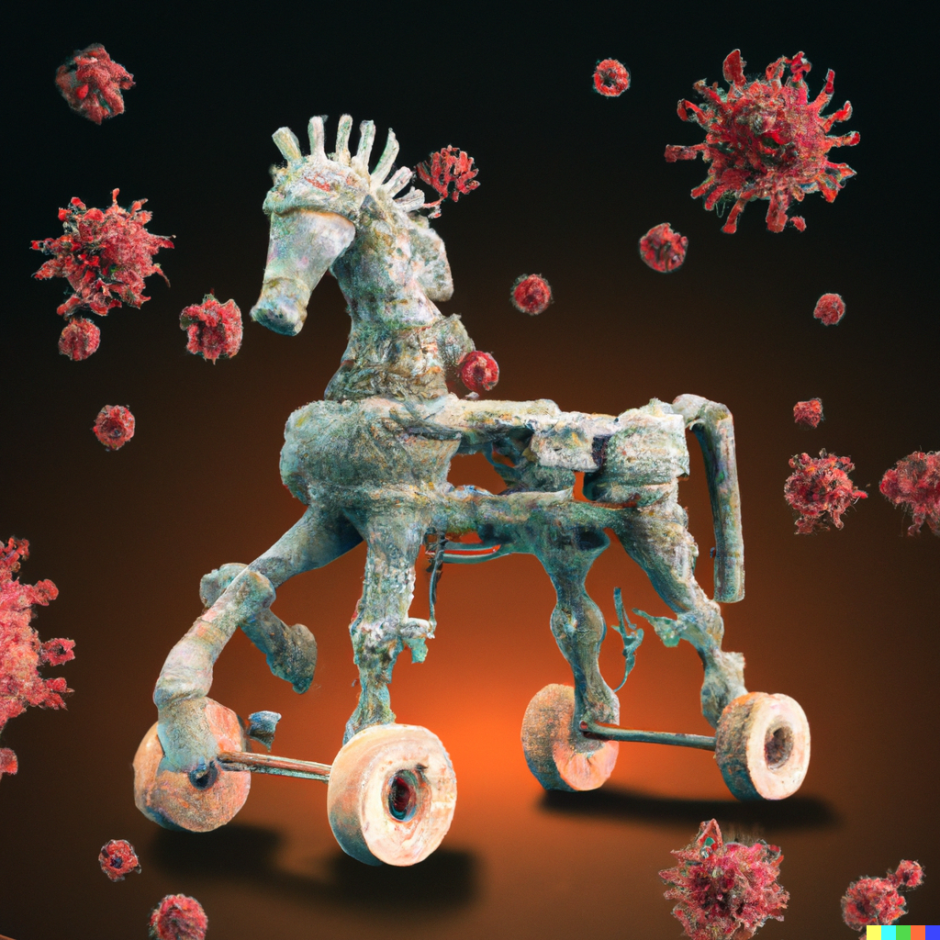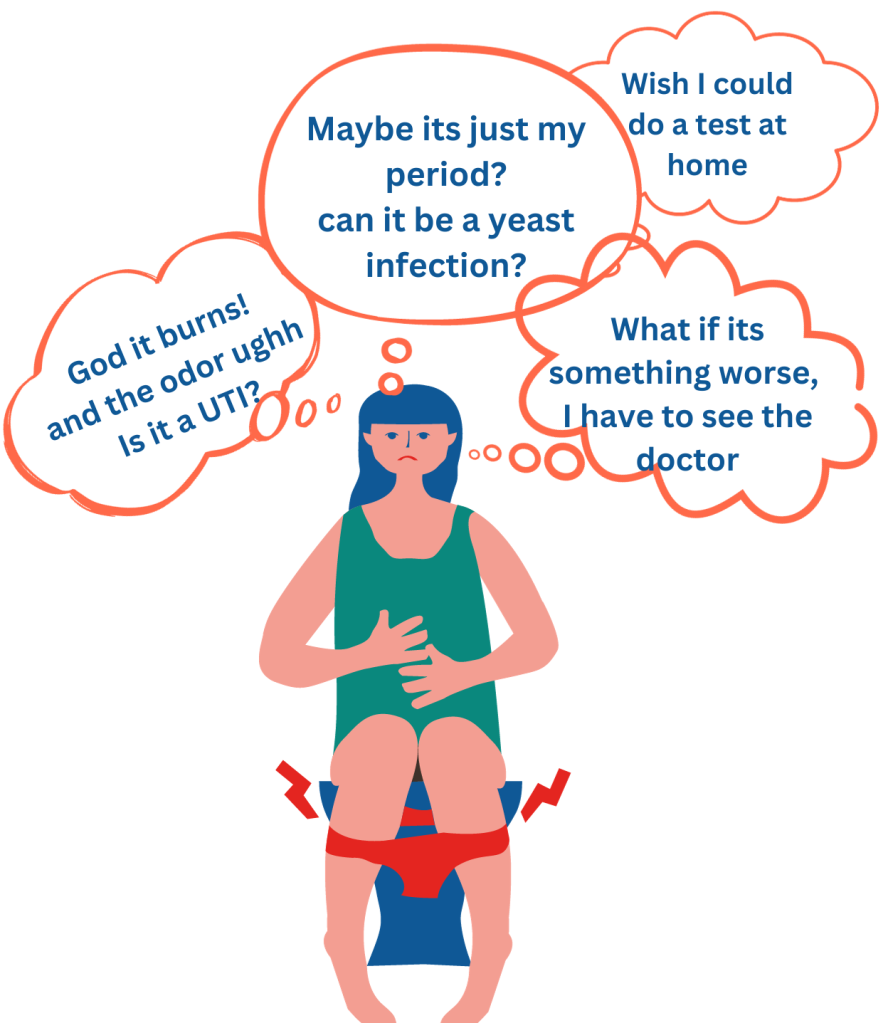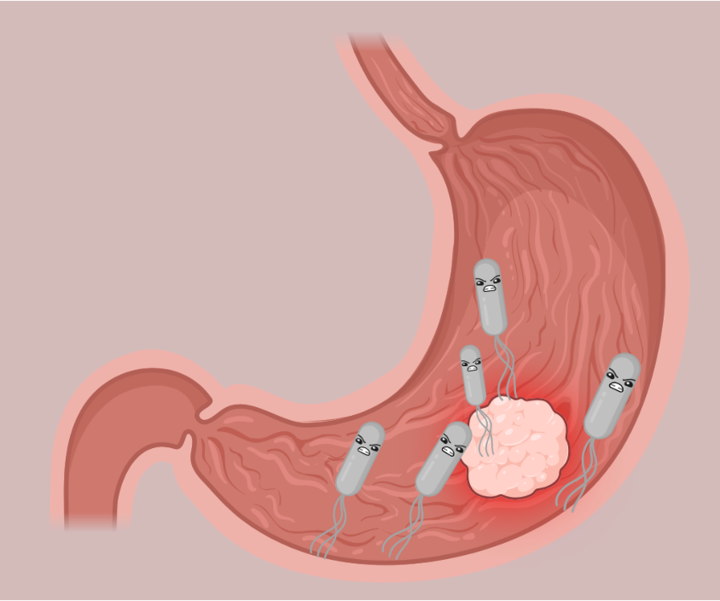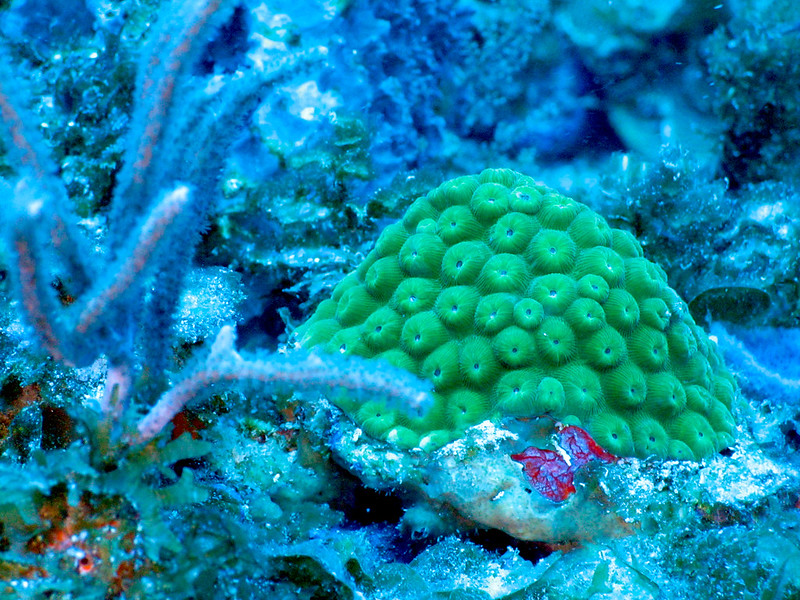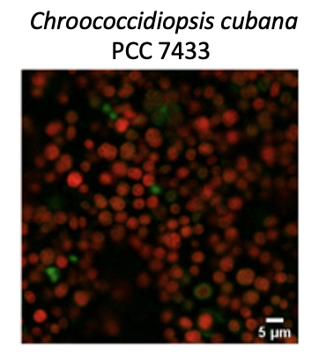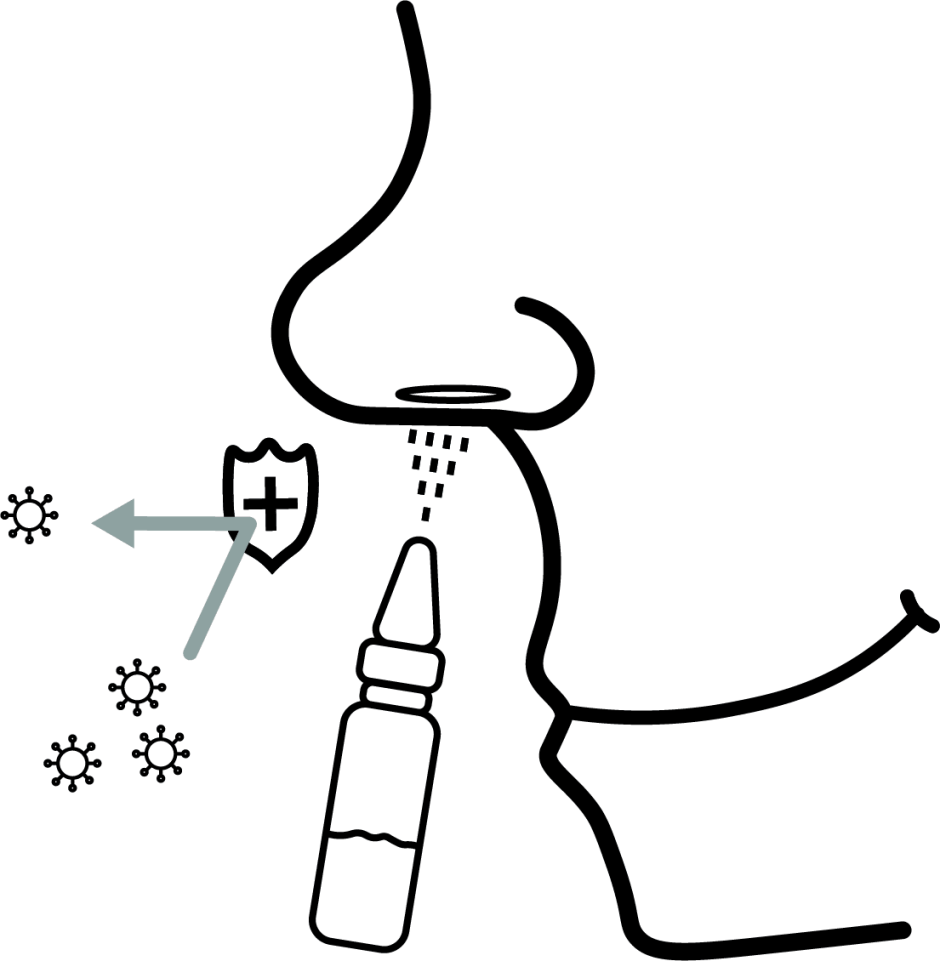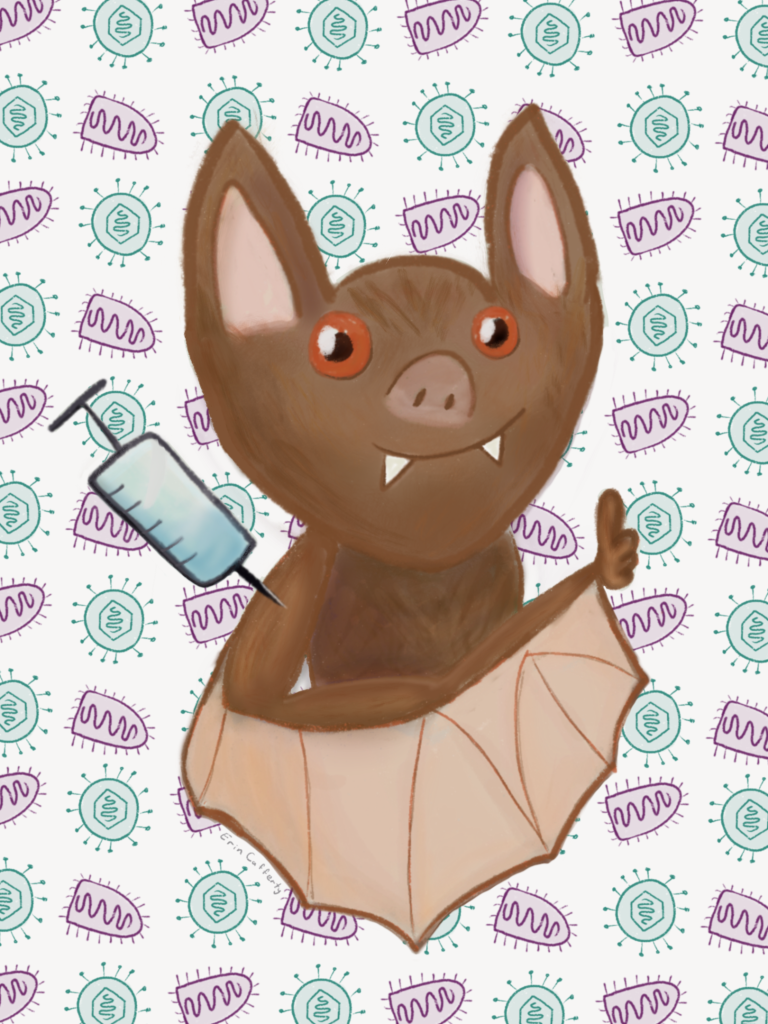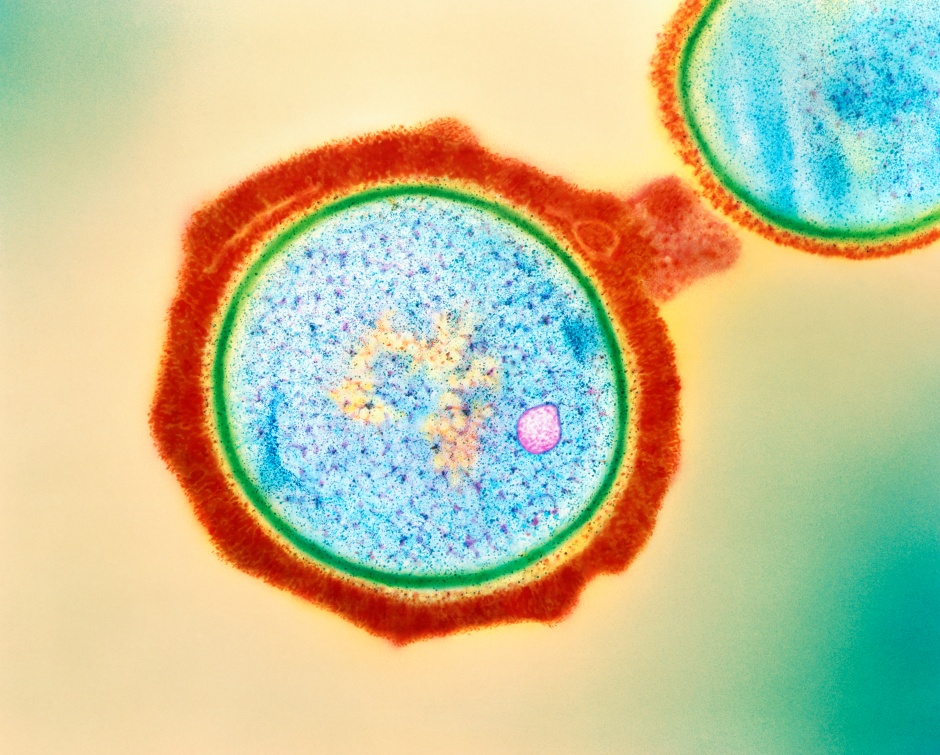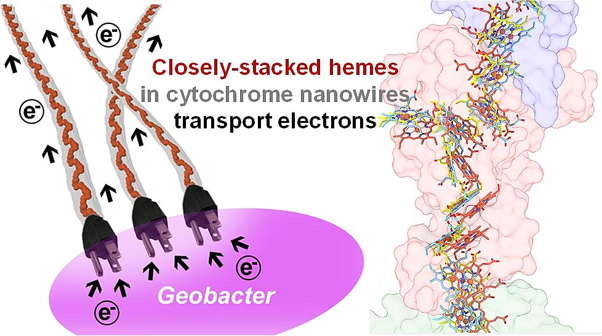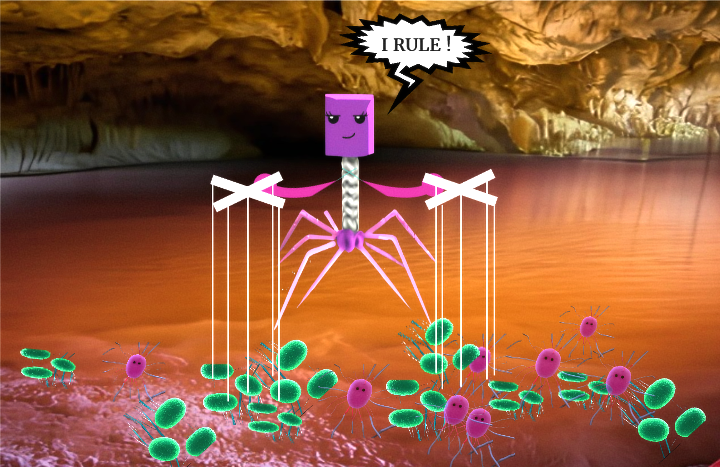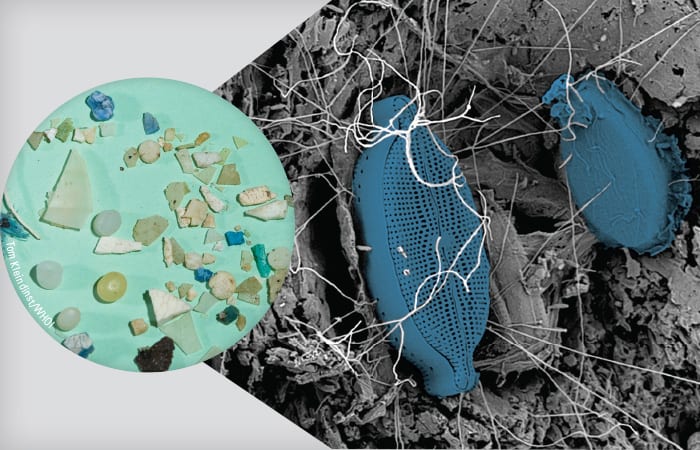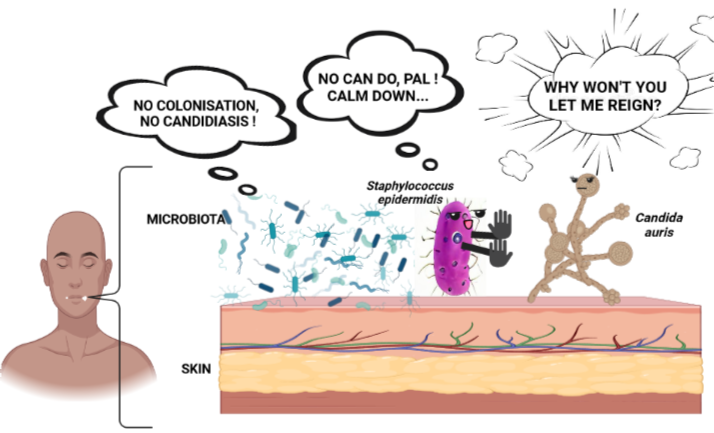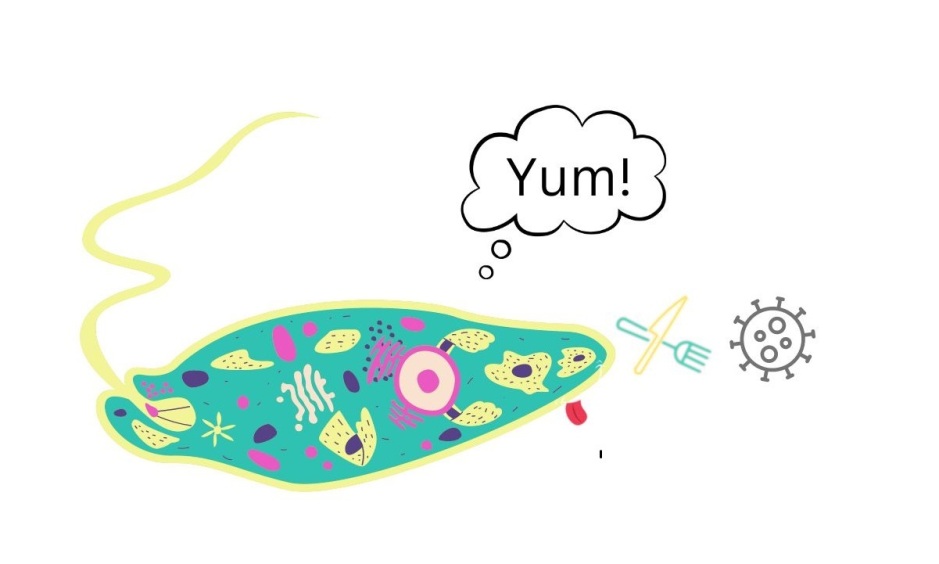
Breaking down the microbiology world one bite at a time
Going Undercover: Plants Fight Fungi with Messenger Molecules
One trillion. 1,000,000,000,000. This is the number of microbial species estimated to inhabit this planet, including bacteria, viruses, fungi, and unicellular parasites. Only some of them are pathogenic and make their host severely ill. But honestly, “some” out of one trillion is still a lot. Every single living organism on this planet, including plants, can be infected by different pathogenic microbes. The result is a constant “arms race” between host and pathogen and the evolution of a multitude of defense strategies. And even though they may not look like it, plants have quite an impressive repertoire of those.
Host and infecting microbe interact by exchanging biomolecules to exploit or weaken the respective other. In plants, this phenomenon is called cross-kingdom small RNA trafficking. So far, researchers had only discovered an exchange of small ribonucleic acids (sRNAs) which can, for example, silence important pathogenic genes. In a recent study, researchers from the University of California investigated whether a different type of RNA, the messenger RNA (mRNA), can be transferred from plants to fungi to fight an ongoing infection. (In case you did not know, mRNAs encode the blueprint for proteins which are biomolecules that perform a big fraction of work in all living cells. If you want to learn more about gene expression, mRNA, and proteins, check out this article.)
First finding: Extracellular vesicles from plants contain mRNA
The authors first investigated whether microscopic vehicles, which transport sRNAs between plant cells and fungal cells, carried plant mRNAs. Imagine tiny droplets made of a lipid bilayer membrane, those are the extracellular vesicles (EVs). Indeed, EVs collected from Arabidopsis thaliana plant leaves infected with the fungal pathogen Botrytis cinerea contained mRNAs amongst other sRNAs. This fungus causes gray mold in many different plant species, most prominently in wine grapes – perhaps you have noticed this gray “fluff” on fruit before. Because seeing is believing, the authors made use of so-called RNA aptamers to visualize some of the identified mRNAs by green fluorescence within the EVs. By the way, those fluorescent RNA aptamers usually have hilarious names such as Broccoli or Spinach. It seems like researchers do not always have the brains left to come up with something impressive for their inventions.
Second finding: Plant mRNAs are made into proteins in fungi
Okay, back to the topic. The authors demonstrated that the green mRNAs were transported into the fungal hyphae by collecting EVs from plants producing those mRNAs marked with Broccoli and incubating them with fungal cells (see the figure below). Because this setup was quite artificial, they also confirmed this in a natural infection of Arabidopsis plants with B. cinerea. Validating findings in different systems from low to high complexity gives them more meaning as they become less likely to be artifacts specific to only a single system.

You have learned earlier that mRNAs are only the blueprints for proteins. Through a series of different experiments, the authors then investigated whether the mRNAs were actually made into proteins in the fungal cells. One approach was to genetically modify the Arabidopsis plant so that one of the mRNAs present in the EVs, SAG21, would give rise to a protein that was marked with yellow fluorescence. They generated a control plant line with a mutated mRNA of SAG21 which would prevent production of the respective protein. Even though the mutated mRNA ended up in the fungal cell, the authors only detected the yellow SAG21 protein made from the non-mutated version. Quite smart, isn’t it?
Third finding: Plant proteins in fungal cells reduce infection of the plant
Finally, the authors needed ultimate proof that this newly discovered shuttling of mRNAs from plant cells into fungal cells served as a defense strategy. Actually, 40% of the mRNAs which the authors found in EVs had previously been associated with the defense system of the plant – one of them SAG21. Infection of Arabidopsis plants with genetically modified fungi that produced the SAG21 protein (which means that there are extra SAG21 proteins in the plants) resulted in smaller leaf lesions (see the figure below). And vice versa, if the plant was missing the SAG21 protein instead, lesions caused by fungal infection became bigger.

Overall, this study reported for the first time that plant mRNA is shuttled to fungal cells through EVs to fight the infection. Besides, it is a great example of how to build up to a conclusion step-by-step, ticking every box along the way. And it demonstrated once again that plants have developed intricate defense mechanisms against pathogens – which could even be exploited for plant protection solutions in agriculture. Scientists are working on the development of artificially produced EVs that contain plant-derived, antifungal sRNAs and can be sprayed onto crops either before or after harvest. By the way, EVs are not only produced by plants. They are a very hot topic in human cancer research at the moment because they help the tumor to expand and shape its environment. But this is a story for another time.
Featured image: Made using Bing image creator


